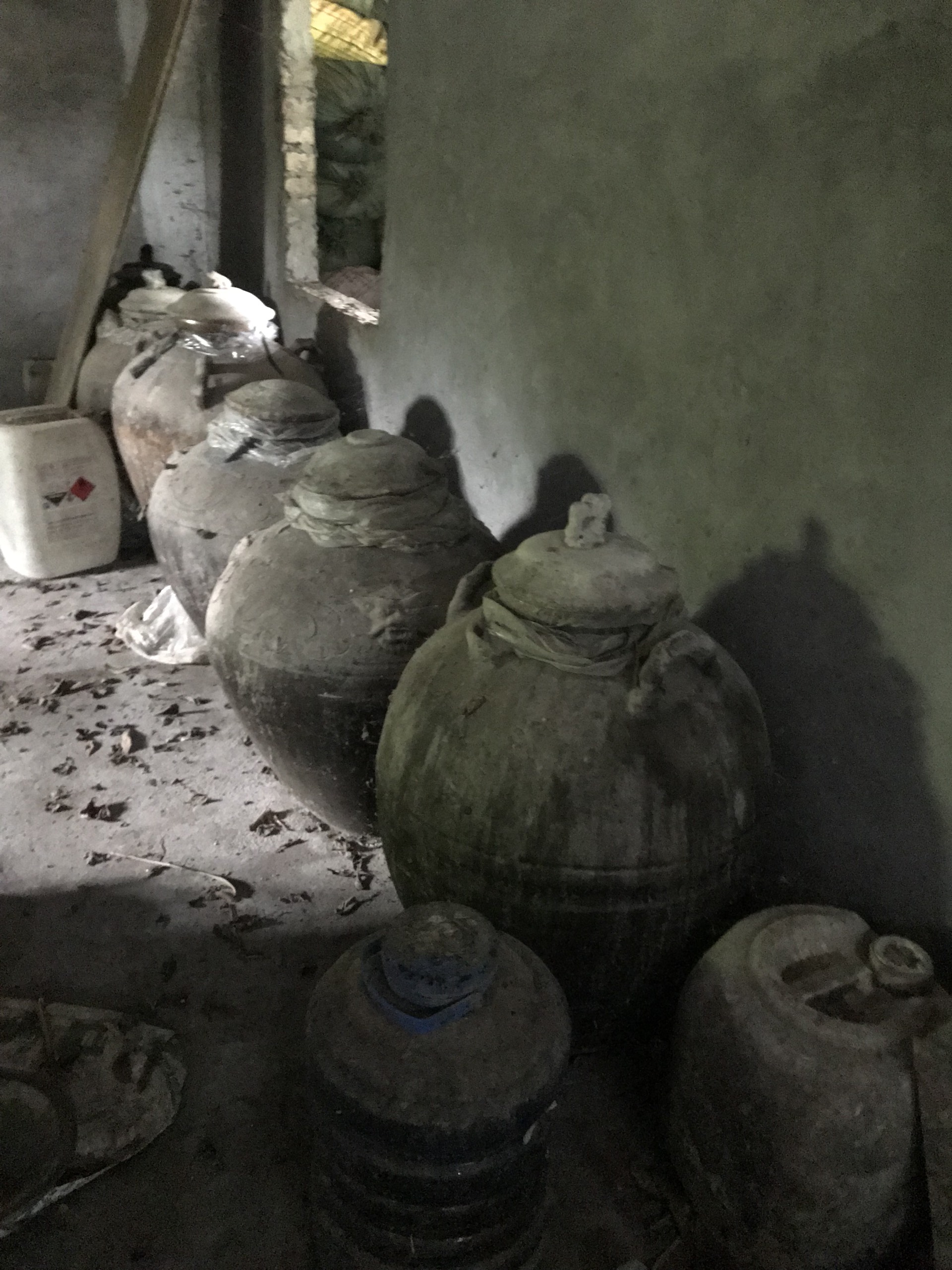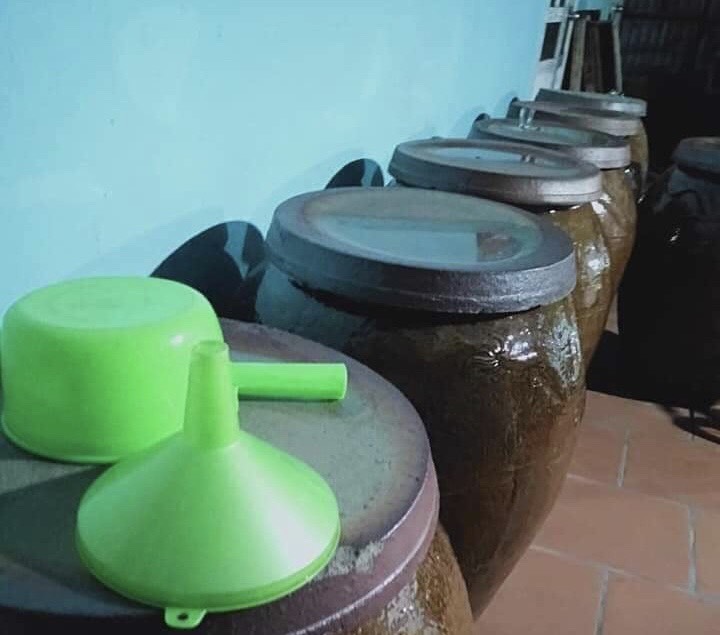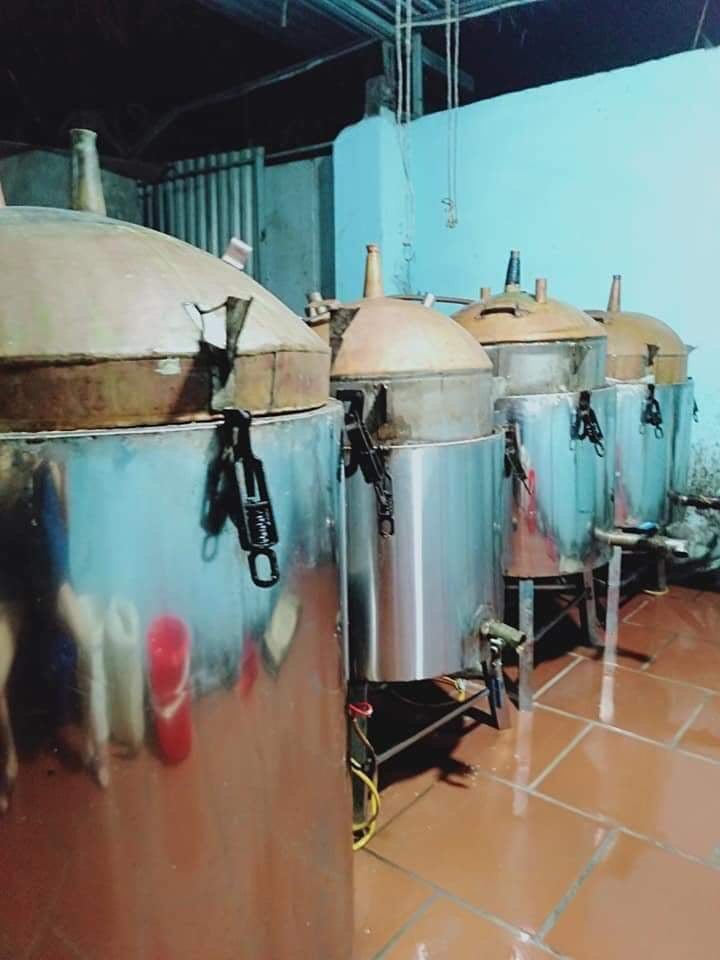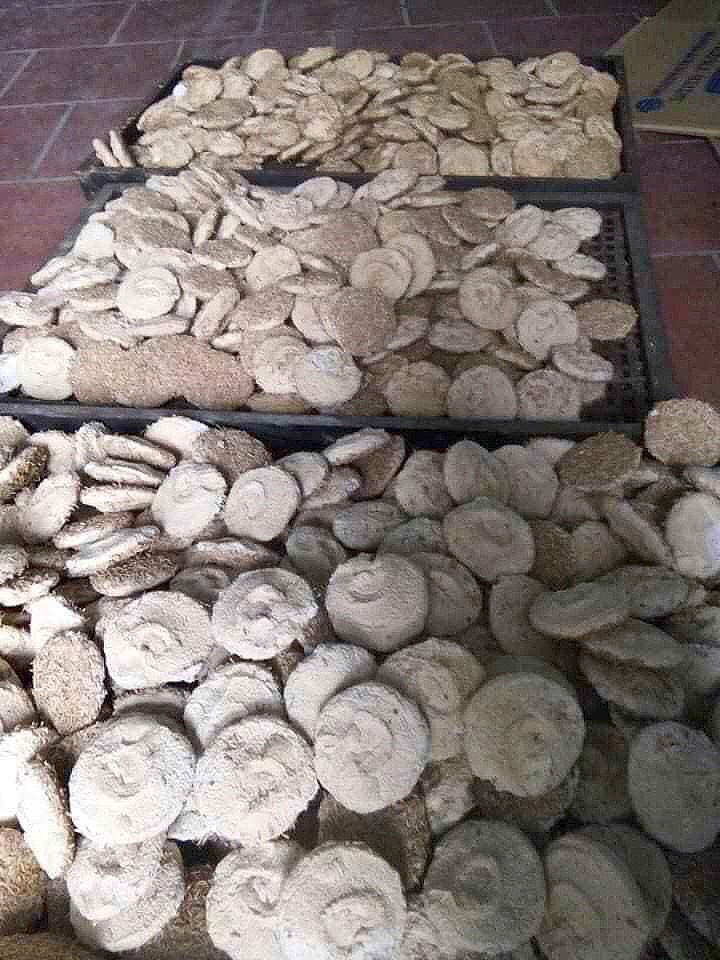Lac Dao traditional wine: Why sink into oblivion?
First produced about 200 years ago, Lac Dao wine is one of the specialties used to advance the king in Vietnam. However, the golden age of this trade craft village was far away, because the traditional Lac Dao wine-making industry has currently been at risk of disappearing.

Lac Dao wine products ( By ViVu)
Traditional wine – brewing method
According to Mr. Tien, a 30-year-experience craftsman, it is necessary to experience many complicated stages in order to harvest a high quality batch of wine. The brewing process consists of the following steps: grinding rice → cleaning → cooking → chilling → sprinkling yeast → fermenting with the use of oxygen → fermenting in an anaerobic environment → distilling.
In particular, the most important step is fermentation as high quality yeast will bring out a unique and unmistakable flavor for Lac Dao wine. Based on the experience of each household, people have a different ratio of yeast to rice mixing, normally 15-20g/1kg.

Yeast-making process ( By ViVu)
After sprinkling yeast, people will conduct fermentation with the use of oxygen in the bamboo baskets during 2-3 days, which depends on the weather. When the rice is “ripe”, people will transfer the rice to jars or barrels and add water. The ratio is 2.5 – 3 liters of water / 1kg of rice. This mixture is completely covered and fermented for a period of 8-10 days depending on the weather.


Fermentation jars (By ViVu)
Afterwards, the distilling process occurs in dedicated copper cauldrons. During distillation, people keep heat at a consistent and stable level. To get the outstanding quality of wine, people will remove a small amount of “first wine” and only take 6—7 liters of “good wine” to use, then recover 2.5-3 liters of “remaining water” to distill with the next batch of wine.
Why sink into oblivion?
Wine-making is considered as a traditional craft in Lac Dao Commune (Hung Yen Province); however, the households that maintain brewing alcohol now have been decreasing in numbers. Almost remained manufacturers have been engaged in the craft for a long time. Most people in the commune, especially the younger generation, are no longer passionate about this occupation.
“In the past, Lac Dao wine was manufactured by the whole commune, but now only few households are trying to keep their careers. There are only 4-5 households around this area” – Mrs. A, a person with more than 40 years of wine-brewing experience, said.
Recently, traditional wine-brewing has been no longer attractive due to its high requirements and low income. In order for the wine to maintain the highest quality, the alcohol yeast must be made of 30-36 Chinese herbs, and the fermented glutinous rice must be braised by fig wood in brick kilns at high temperatures.
The alcohol yeast after drying (By ViVu)
Nevertheless, despite its outstanding quality, Lac Dao traditional wine does not have enough competitive advantage compared to the illegal wines on the market. As a result, the income from brewing alcohol is negligible.
Almost people have not been passionate about their traditional occupations and attempt to follow other jobs or go abroad for a living. The households determining to follow up the job are usually those that have a long-standing tradition in manufacturing.
However, over time, the traditional method of brewing wine has gradually been sunk into oblivion.
Utensils to brew Lac Dao traditional wine (By ViVu)
Recently, people primarily apply modern technologies to wine-brewing process in order to increase productivity. For example, electric ovens are usually used to replace traditional wood stoves, and alcohol yeast is brewed by electricity or air conditioning to reduce the dependence on the weather. Currently, almost traditional methods only appear on small-scale households.


Modern wine-making equipment (By ViVu)
Nowadays, Lac Dao traditional wine is no longer as popular as it was. Most of products are provided to essentially meet the demands of the commune and surrounding areas. Although the traditional wine-brewing is on the verge of disappearance, people still have not found a bright direction for this traditional craft.






